 Photo credit: Shutterstock
Photo credit: Shutterstock
There is a need to learn from our past, revive traditional water harvesting systems, and enable and empower communities to take back the management of water as a communal resource
Traditional water harvesting system is a diverse range of structures that help harvest rainwater when and where it falls and store it—even replenishing and recharging the groundwater along the way.
The recent pandemic has averted our attention from the alarming water crisis India is facing, however the distressing problem remains. Thanks to short attention spans, many have forgotten that 21 Indian cities ran out of water in 2019, and that unless something radical is done, we will be forced to face a grim reality in the future.
But what if the answer was not ‘something radical’? What if it was staring us in the face and has been for thousands of years? What if we have simply ‘forgotten’ the solution?
Water experts across the country have been espousing the benefits of the revival of traditional water harvesting systems—ancient wisdom that saw our ancestors survive many a drought even in the harshest of landscapes.
Indians have had a rich history of managing water. Our forefathers harnessed water that fell during the rainy season and stored it to meet the needs of the community during the dry months. To do this, they used ‘traditional water harvesting systems’—a diverse range of structures that help harvest rainwater when and where it falls, and store it—even replenishing and recharging the groundwater along the way.
Every region in the country has its own unique traditional water harvesting systems depending on the geography and culture of the area. Bamboo pipes and Apatani systems (wet rice cultivation cum fish farming system) are used in the eastern Himalayas while the Gul (traditional irrigation canals) is used in the western Himalayas. Kund (circular underground well), Khadin (structure designed to harvest surface runoff), Talabs (ponds), Johad (percolation pond), and Baoli (man-made step well) are harnessed in the Thar desert, Rajasthan and in Gujarat; while in Bihar they use ahar-pynes (traditional floodwater harvesting system) – the list goes on.
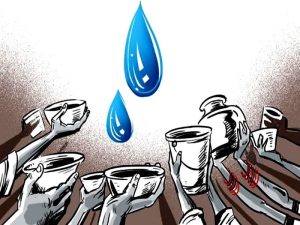 Photo credit: Pinterest
Photo credit: Pinterest
Back in the day, the belief was that water was a communal resource to be managed by the community for the well-being of all. However, during the colonization, the British replaced this dispersed, decentralized system to manage water, with a centralized one where the Public Works Department took control of the precious resource. As a result, people gave up the responsibility of managing and caring for water, and instead saw it as a resource that was ‘doled out by the powers that be’.
But these incredible structures still exist and many simply lie in disuse, in need of restoration and repair. However, with work, they can be revived to their former glory. Communities dotted across the country are already taking charge of their water future, by reviving these structures, organizing themselves into ‘water management’ groups, and taking responsibility for the water that their lives and livelihoods rely so heavily upon.
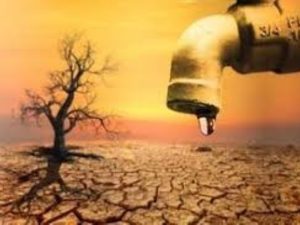 Photo credit: Vecteezy
Photo credit: Vecteezy
Communities in Rabriyawas in Rajasthan, which was once almost uninhabitable due to the lack of water, is today a thriving agricultural hub after the restoration and rejuvenation of ancient nadis (village streams) which have helped sustain life in the desert region for millennia. A village pond or stream is one of the most ancient structures for rainwater harvesting in the state of Rajasthan.
Once the water harvesting structures are operational, there is then a need to promote a more decentralized, integrated approach to managing water—one where grassroots communities act as stewards of their own water and govern it locally, with the active participation of all – women, in particular.
With over 467 ponds rejuvenated in Rajasthan, a variety of Village Development Committees (VDC) are taking care of the operation and maintenance of these water bodies. They monitor water collection and keep a lookout for illegal activities (such as open defecation or flow of sewage water into the catchment areas) at the water bodies. Villages clean the catchment area before monsoon each year so that the ponds are not contaminated. Today, the duration of water availability from each pond can sustain a community for almost an entire year.
But it takes work. People must be mobilized, organized, and empowered with the knowledge that their ancestors once knew how to manage these structures and the water they collect, equitably, to ensure water sustainability for all. This is where there is a role for NGOs and civil society, to enable people to take control back of their water.
Estimates suggest that demand for water will outstrip supply by two by 2030 if we continue with a ‘business-as-usual’ approach. If India is to effectively turn the current water crisis around, there is a need to learn from our past, revive traditional water harvesting systems, and enable and empower communities to take back the management of water as a communal resource. It can be done. It must be done.
Neerain is proud to republish this article for spreading awareness about the situation of water, for our stakeholders. Credit whatsoever goes to the Author.
This article is published by: –
We would like to spread this for the benefit of fellow Indians.
Author: PEARL TIWARI
Publish On: Sep 20, 2021

 Photo: iStock
Photo: iStock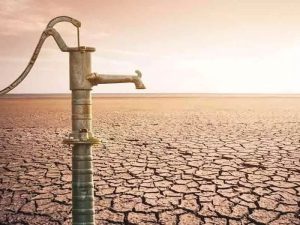 Photo credit: istock
Photo credit: istock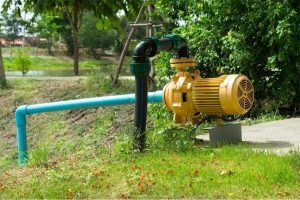 Depletion of groundwater
Depletion of groundwater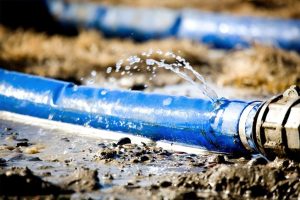 Uneven distribution
Uneven distribution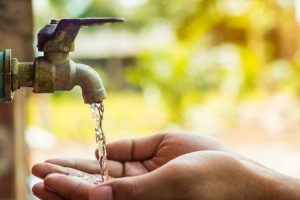 Contamination and pollution
Contamination and pollution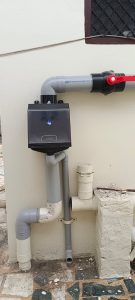 Rainwater harvesting also helps in reducing India’s dependence on groundwater and private sources like tankers.
Rainwater harvesting also helps in reducing India’s dependence on groundwater and private sources like tankers.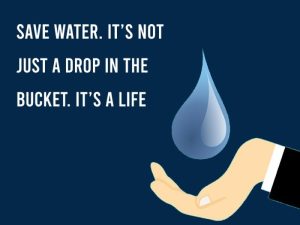 Photo Courtesy: Statustown
Photo Courtesy: Statustown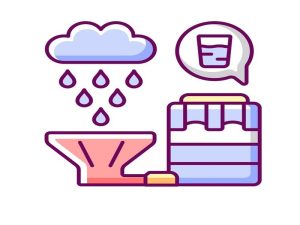
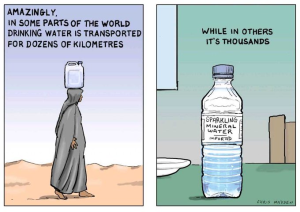 Photo courtesy: Chris Madden
Photo courtesy: Chris Madden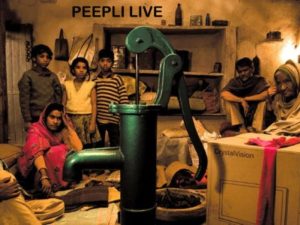
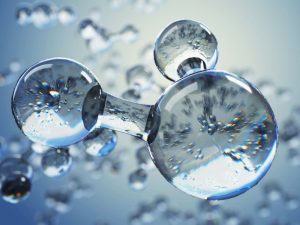
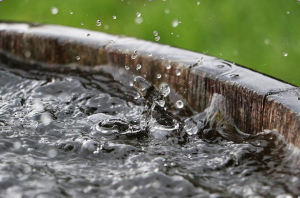 Photo: Getty Images
Photo: Getty Images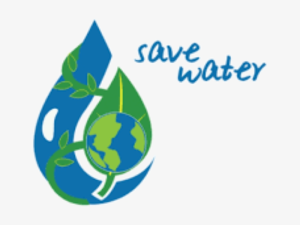 Photo courtesy: Nicepng
Photo courtesy: Nicepng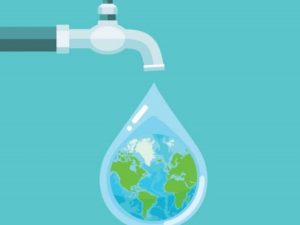
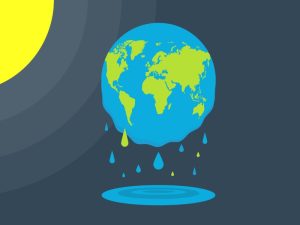 Photo Courtesy: Shutterstock
Photo Courtesy: Shutterstock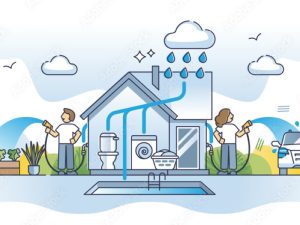
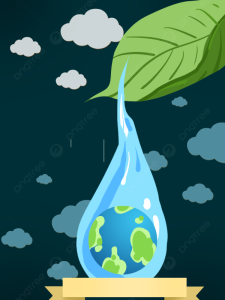
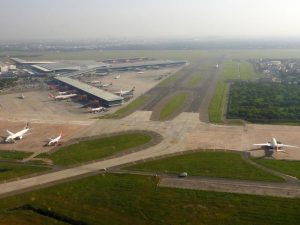 The land around Delhi’s Indira Gandhi International Airport has sunk dramatically over the years. Photo Courtesy: Rehman Abubakr
The land around Delhi’s Indira Gandhi International Airport has sunk dramatically over the years. Photo Courtesy: Rehman Abubakr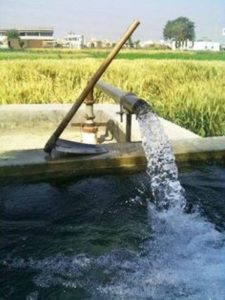 Photo Courtesy: Pinterest
Photo Courtesy: Pinterest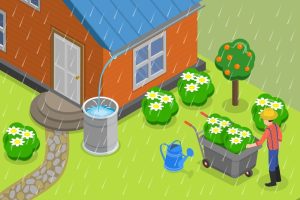 Photo Courtesy: Adobe Stock
Photo Courtesy: Adobe Stock વરસાદી પાણીને વોટર હાર્વેસ્ટિંગ માટે સાફ કરવા ડિવાઈસ બનાવનાર અમિત દોશી.
વરસાદી પાણીને વોટર હાર્વેસ્ટિંગ માટે સાફ કરવા ડિવાઈસ બનાવનાર અમિત દોશી.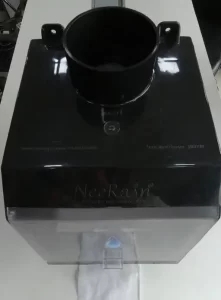 અમિત દોશીએ ડિઝાઈન કરીને બનાવેલું ડિવાઈસ
અમિત દોશીએ ડિઝાઈન કરીને બનાવેલું ડિવાઈસ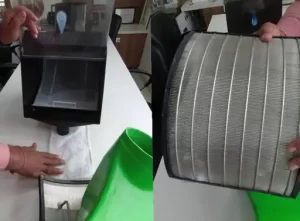 આ ડિવાઈસમાં લાગેલા ફિલ્ટરને કોઈ પણ વ્યક્તિ આસાનીથી ખોલીને સાફ કરી શકે છે.
આ ડિવાઈસમાં લાગેલા ફિલ્ટરને કોઈ પણ વ્યક્તિ આસાનીથી ખોલીને સાફ કરી શકે છે.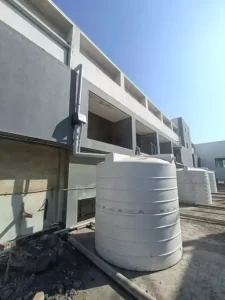 અમિત દોશીએ બનાવેલી પ્રોડક્ટથી વરસાદી પાણીને સાફ કરીને તેનો ટાંકીમાં પણ સંગ્રહ કરી શકાય છે.
અમિત દોશીએ બનાવેલી પ્રોડક્ટથી વરસાદી પાણીને સાફ કરીને તેનો ટાંકીમાં પણ સંગ્રહ કરી શકાય છે.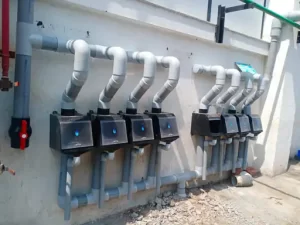 છેલ્લાં ચાર વર્ષમાં ઘણાં રહેણાક મકાનો અને સંસ્થાઓની ઈમારતોમાં જળ સંચય માટે આ પદ્ધતિ અપનાવવામાં આવી છે.
છેલ્લાં ચાર વર્ષમાં ઘણાં રહેણાક મકાનો અને સંસ્થાઓની ઈમારતોમાં જળ સંચય માટે આ પદ્ધતિ અપનાવવામાં આવી છે.